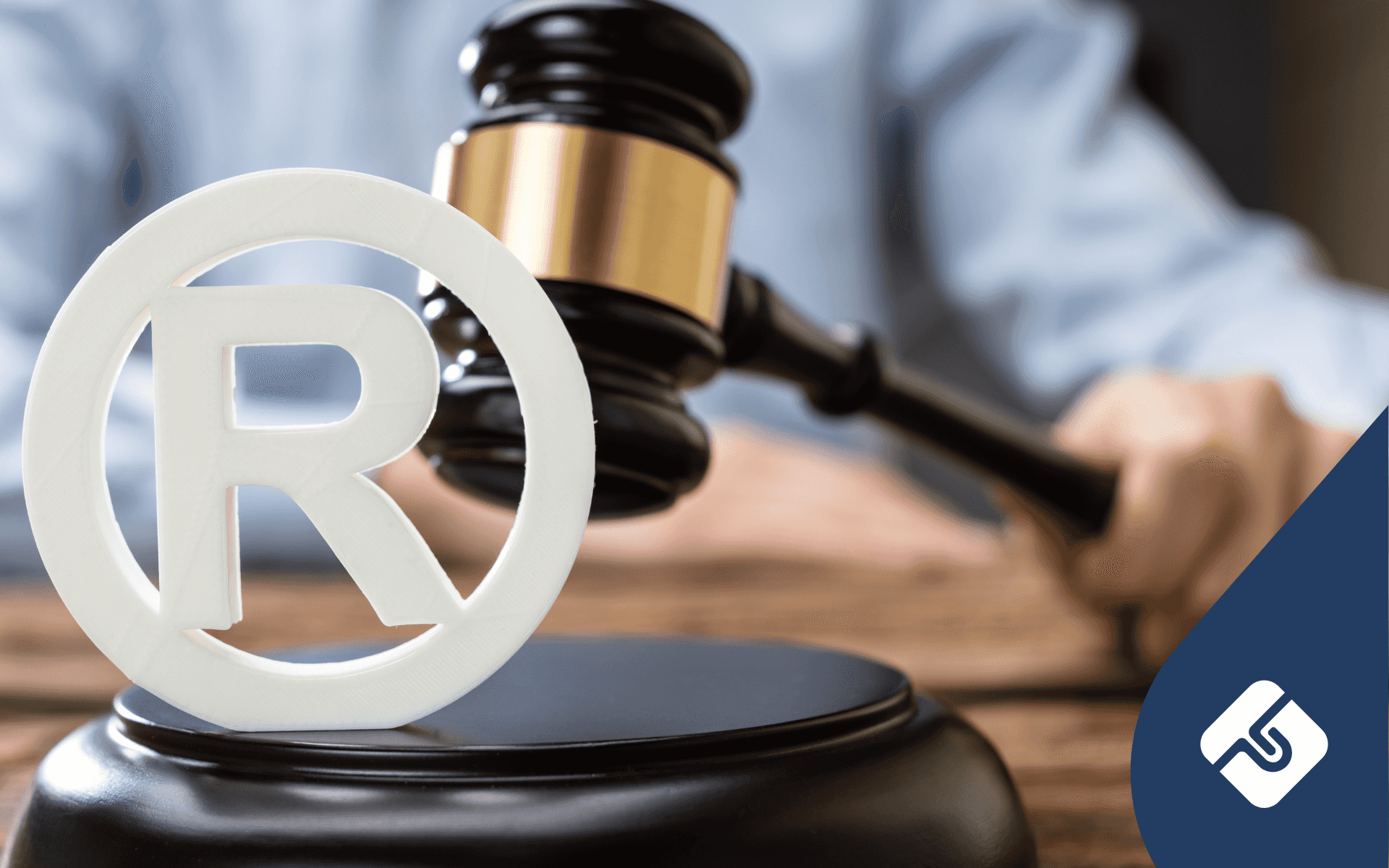Sydney-based financial crime analyst with nearly 3 years of expertise in the financial crime field, specializing in Anti-Money Laundering (AML) and Know Your Customer (KYC) compliance. Formerly Legal Intern at Lawpath.
💡 Key insights
- A registered trademark protects brand identifiers such as names, logos or slogans so consumers can distinguish your goods or services from others in the marketplace.
- A registered design protects the visual appearance of a product including shape, pattern or ornamentation rather than the brand or source.
- Trademark rights help prevent others from using confusingly similar marks that could mislead customers, while registered design rights stop others from copying a product’s unique look.
- Both registrations offer exclusive rights but serve different purposes: trademarks build brand identity and goodwill, whereas registered designs protect product aesthetics.
Intellectual Property (IP) rights are invaluable assets for your business as they can protect the innovative and creative assets of your business. These assets are often essential for the business to carry out its core services and therefore used as an efficient marketing tool. In this day and age, almost all business rely on digital marketing to promote their products and services to a broader range of audience at relatively lower costs. However, this easier accessibility comes at the expense of businesses having their innovative ideas, products or services infringed upon or even stolen. Ensuring your business has appropriate IP protection will decrease the likelihood of this risk. While there are various types of IP protection available, this guide will focus on registered trademark and registered design.
Trademark
A trademark distinguishes your products or services from those of your competitors. This distinguishable feature can be a logo, letter, phrase, shape, smell, word, movement, picture, an aspect of packaging or a combination of different features. For instance, Cadbury Schweppes has a trademark for the specific purple colour on their packaging. If your trademark comprises of a combination of features, the registration will only protect your trademark as a whole.
Protection Offered by Trademark Registration
A trademark registration will last ten years with the option of extending it afterwards at 10-year intervals. However, a registered trademark can be revoked if it hasn’t been used over a while. For example, if you have not used your trademark logo for over 3 years, a competitor can seek to have the mark removed from the register on the grounds of non-use.
A registered trademark grants you exclusive rights to use, license and sell the mark. This exclusive right also gives you the right to take legal action to prevent others from using a trademark registered under your brand. Trademark is an efficient marketing tool to develop strong brand loyalty from customers. A trademark can also supplement the protection provided by a registered design. The commercial success of your registered design can help increase the value for your trademark, and thereby your brand, even after the registration expires. This is likely because consumers would still retain brand loyalty and will always associate the design with your business.
If you have any further questions about trademark or trademark infringement, it is worth consulting a trademarks lawyer.
Design
A design is defined as ‘the overall appearance of a product resulting from one or more visual features’. Visual features include the shape, pattern, configuration and ornamentation. The combination of these features will give the product a unique appearance. For example, the design of a Coca Cola bottle. Such a design can be registered under the Designs Act 2003 (Cth). The owner of the registered design has the exclusive right to apply the design to the product category it has registered for.
Requirements for Registering a Design
To register a design, it has to be visually new and distinctive.
To classify as ‘new’, a design must not have been
- publicly used in Australia.
- published in a document in Australia or abroad.
- disclosed in a prior design application.
A ‘distinctive’ design must not be
- disclosed in a prior design application.
- published anywhere in the world
- considerably similar in the overall appearance to other registered or non-registered designs publicly used in Australia.
Protection Offered by Design Registration
A registered design will have protection for 5 years from the date of filing the application with the option of obtaining a 5-year extension. A design can only remain in the register for a maximum of 10 years from the date of filing the application.
Design registration does not protect the function of the product or the materials involved in creating the design. It only protects the visual appearance of your intellectual property.
To summarise, a design needs to be unique to get registration, unlike a trademark. In addition, a design specifically refers to the visual features such as shape, configuration, pattern or ornamentation of a product. Unlike a registered design, a registered trademark can be used to supplement the protection provided by a registered design.







